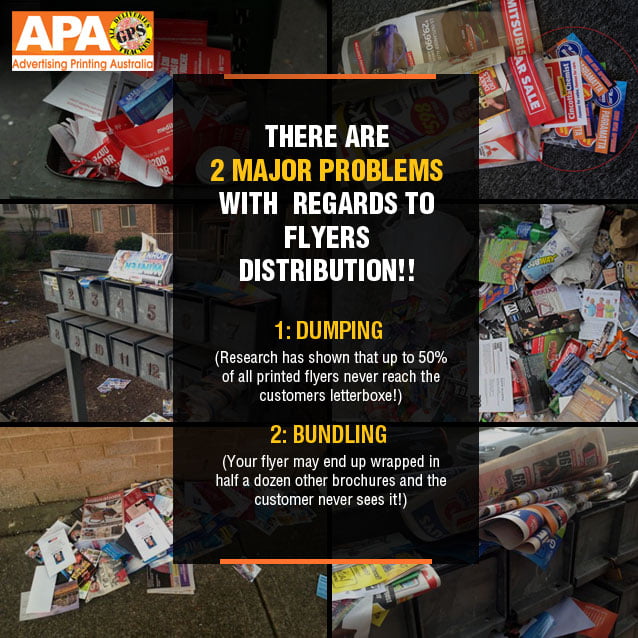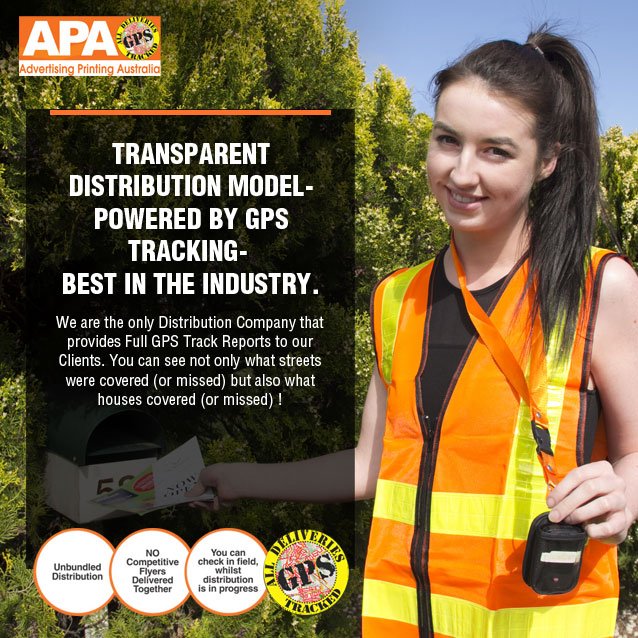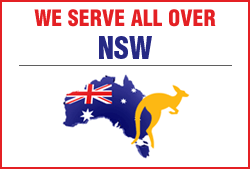Think you have a great product? Unfortunately, no one’s going to know about it unless you advertise.
Advertising, if done correctly, can do wonders for your product sales, and you know what that means: more revenue and more success for your business. But be warned: it is not a panacea.
Below you will find a list of what advertising can and can’t do for your business, along with the steps you can take to start using advertising to your business’s advantage.
What Advertising Can Do For Your Business
- Remind customers and inform prospective customers about the benefits of your product or service
- Establish and maintain your distinct identity
- Enhance your reputation
- Encourage existing customers to buy more of your product/service
- Attract new customers and replace lost ones
- Slowly build sales to boost your bottom line
- Promote your business to customers, investors, and others
What Advertising Cannot Do For Your Business
- Create an instant customer base
- Cause an immediate, sharp increase in sales
- Solve cash flow or profit problems
- Substitute for poor or indifferent customer service
- Sell useless or unwanted products or services
Two Important Virtues of Advertising
- You have complete control. Unlike public-relations efforts, you determine exactly where, when and how often your message will appear, how it will look and what it will say. You can target your audience more readily and aim at very specific geographic areas.
- You can be consistent. Presenting your company’s image and sales message repeatedly to build awareness and trust. A distinctive identity will eventually become clearly associated with your company. Customers will recognize your brand and product quickly and easily if you’re consistent in presentation.
Two Drawbacks of Advertising
- It takes planning. Advertising works best and costs the least when the planning and preparation are done in advance. For example, you’ll pay less per ad in newspapers and magazines by agreeing to run several ads over time rather than deciding on an issue-by-issue basis. Likewise, you can save money by preparing a number of ads at once.
- It takes time and persistence. The effectiveness of your advertising improves gradually over time because it’s impossible for every customer to see every ad. You must repeatedly remind prospects and customers about the benefits of doing business with you. The long-term effort triggers recognition and helps special offers or direct marketing payoff.
Getting Ready to Advertise
Use the following steps to help draw a blueprint for your business’s advertising plan:
- Design the Framework
- What is the purpose of your advertising program? Start by defining your company’s long-range goals, then map out how marketing can help attain them. Focus on advertising routes complementary to your marketing efforts. Set measurable goals so you can evaluate the success of your advertising campaign. For example, do you want to increase overall sales by 20 percent this year? Boost sales to existing customers by 10 percent during each of the next three years? Appeal to younger or older buyers? Sell off old products to free resources for new ones?
- How much can you afford to invest? Keep in mind that whatever amount you allocate will never seem like enough. Even giants such as Proctor & Gamble and Pepsi always feel they could augment their advertising budgets. Given your income, expenses, and sales projections, simple addition and subtraction can help you determine how much you can afford to invest. Some companies spend a full 10 percent of their gross income on advertising, others just 1 percent. Research and experiment to see what works best for your business.
- Fill in the Details
- What are the features and benefits of your product or service? When determining features, think of automobile brochures that list engine, body and performance specifications. Next, and more difficult, determine the benefits those features provide to your customers. How does your product or service actually help them? For example, a powerful engine helps a driver accelerate quickly to get onto busy freeways.
- Who is your audience? Create a profile of your best customer. Be as specific as possible, as this will be the focus of your ads and media choices. A restaurant may target adults who dine out frequently in the nearby city or suburban area. A computer software manufacturer may aim at information managers in companies with 10-100 employees. A bottled water company may try to appeal to athletes or people over 25 who are concerned about their health.
- Who is your competition? It’s important to identify your competitors and their strengths and weaknesses. Knowing what your competition offers that you lack – and vice versa – helps you show prospects how your product or service is special and why they should do business with you instead of someone else. Knowing your competition will also help you find a niche in the marketplace.
- Arm Yourself with Information
- What do you know about your industry, market and audience? There are many sources of information to help you keep in touch with industry, market and buying trends without conducting expensive market research. Examples include U.S. Government materials from the Census Bureau and Department of Commerce. Public, business or university libraries are also a good option, as are industry associations, trade publications, and professional organizations. You can quickly and easily learn more about your customers by simply asking them about themselves, their buying preferences, and media habits. Another (more expensive) alternative is to hire a professional market research firm to conduct your research.
- Build Your Action Plan – Evaluating Media Choices
- Your next step is to select the advertising vehicles you will use to carry your message and establish an advertising schedule. In most cases, knowing your audience will help you choose the media that will deliver your sales message most effectively. Use as many of the above tools as are appropriate and affordable. You can stretch your media budget by taking advantage of co-op advertising programs offered by manufacturers. Although programs vary, generally the manufacturer will pay for a portion of media space, time costs or mailer production charges up to a fixed amount per year. The total amount contributed is usually based on the quantity of merchandise you purchase.
- When developing your advertising schedule, be sure to take advantage of any special editorial or promotional coverage planned in the media you select. Newspapers, for example, often run special sections featuring real estate, investing, home and garden improvement, and tax advice. Magazines also often focus on specific themes in each issue.
- Using Other Promotional Avenues
- Advertising extends beyond the media described above. Other options include imprinting your company name and graphic identity on pens, paper, clocks, calendars and other giveaway items for your customers. Put your message on billboards, inside buses and subways, on vehicle and building signs, on point-of-sale displays and on shopping bags.
- You might co-sponsor events with non-profit organizations and advertise your participation, attend or display at consumer or business trade shows, create tie-in promotions with allied businesses, distribute newsletters, conduct seminars, undertake contests or sweepstakes, send advertising flyers along with billing statements, use telemarketing to generate leads for salespeople, or develop sales kits with brochures, product samples, and application ideas.
- The number of promotional tools used to deliver your message and repeat your name is limited only by your imagination and your budget.
The Advertising Campaign
You are ready for action when armed with knowledge of your industry, market and audience, have a media plan and schedule, know your product or service’s most important benefits, and have measurable goals in terms of sales volume, revenue generated and other criteria.
The first step is to establish the theme that identifies your product or service in all of your advertising. The theme of your advertising reflects your special identity or personality and the particular benefits of your product or service. For example, cosmetics ads almost always rely on a glamorous theme. Many food products opt for healthy, all-American family campaigns. Automobile advertising frequently concentrates on how the car makes you feel about owning or driving it rather than performance attributes.
Tag lines reinforce the single most important reason for buying your product or service. “Nothing Runs Like a Deere” (John Deere farm vehicles) conveys performance and endurance with a nice twist on the word deer. “Ideas at Work” (Black & Decker tools and appliances) again signifies performance, but also shows reliability and imagination. “How the Smart Money Gets that Way” (Barron’s financial publication) clearly connotes prosperity, intelligence and success.
Comparing Advertising and Public Relations
| Advertising | Public Relations |
| Space or time in the mass media must be purchased. | Mass media coverage (if any) is not paid for. |
| You determine the message. | The media controls the interpretation of the message. |
| You control timing. | The media controls the timing. |
| One-way communication – using the mass media does not allow feedback. | Two-way communication – the company should be listening as well as talking, and the various PR venues often provide immediate feedback. |
| Message sponsor is identified. | Message sponsor is not overtly identified. |
| The intention of most messages is to inform, persuade, or remind about a product – usually with the intention of making a sale. | The intention of public relations efforts is often to create goodwill, to keep the company and/or product in front of the public, or to humanize a company so the public relates to its people or reputation, rather than viewing the company as a non-personal entity. |
| The public may view the message negatively, recognizing advertising as an attempt to persuade or manipulate them. | The public often sees public relations messages that have been covered by the media as more neutral or believable. |
| Very powerful at creating image. | Can also create image, but can sometimes stray from how it was originally intended. |
| Writing style is usually persuasive and can be very creative, often taking a conversational tone; it may even be grammatically incorrect. | Writing style is generally more formal and less colloquial. |






